Matthias Falkenberg & Timo Knapp
Back(end) to the Future: Embracing the continuous Evolution of Infrastructure and Code
#1about 3 minutes
Consolidating multiple apps into a single experience
The My Porsche app evolved from many individual applications into a unified experience by introducing a backend-for-frontend to abstract legacy systems.
#2about 5 minutes
Moving from blocking to non-blocking with Spring WebFlux
The backend evolved from the thread-per-request model of Spring Web MVC to the event-driven, non-blocking model of Spring WebFlux for improved scalability.
#3about 2 minutes
Using Kotlin Coroutines to simplify complex reactive code
Kotlin Coroutines were adopted with WebFlux to handle complex business logic using a familiar imperative style, avoiding the complexities of nested declarative chains.
#4about 5 minutes
Migrating incrementally with the WebFlux sandwich pattern
The "WebFlux sandwich" pattern enables a gradual migration by refactoring the core business logic to coroutines first while bridging to existing Reactor-based controllers and clients.
#5about 3 minutes
Comparing the performance and scalability of different approaches
A performance analysis shows that while the mixed migration approach has a temporary throughput dip, it enables a path to the highly scalable pure Kotlin Coroutines implementation.
#6about 3 minutes
Identifying the limitations of the initial Cloud Foundry platform
The original Cloud Foundry infrastructure presented challenges with limited configuration control, restricted logging, and scaling quotas, necessitating a migration to a new platform.
#7about 6 minutes
Evaluating Azure compute options for a new platform
A systematic evaluation of Azure services like VMs, AKS, and App Service against key requirements led to the selection of a suitable new platform for the backend.
#8about 3 minutes
Understanding the features of Azure Container Apps
Azure Container Apps is a serverless container platform built on Kubernetes that integrates open-source tools like KEDA for event-driven scaling and Dapr for simplified microservice communication.
#9about 3 minutes
Implementing the new architecture on Azure Container Apps
The new architecture uses an Application Gateway, a vNet with multiple subnets, and Dapr sidecars for service communication, all provisioned automatically using Bicep templates.
#10about 4 minutes
Navigating pitfalls during the Azure Container Apps migration
The migration involved challenges such as breaking changes in the preview service, strict vNet requirements, and debugging unexpected behavior in Dapr's request handling.
#11about 1 minute
Future plans for evolving the application and infrastructure
The team plans to complete the coroutine migration, implement bidirectional communication, and further leverage Dapr and KEDA for enhanced resilience and scaling.
Related jobs
Jobs that call for the skills explored in this talk.
Matching moments

06:03 MIN
Exploring common use cases for Azure Container Apps
.NET Microservices in Azure Container Apps

00:13 MIN
The evolution of Spring Boot and container technologies
What's (new) with Spring Boot and Containers?
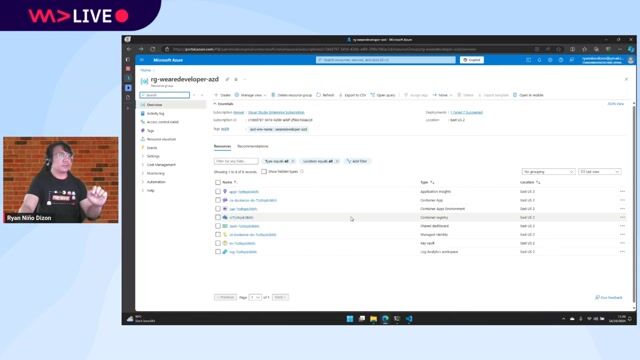
19:14 MIN
Managing frontend and backend microservices communication
.NET Microservices in Azure Container Apps
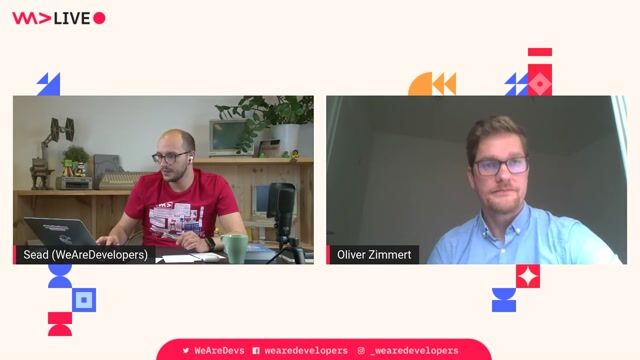
35:55 MIN
Discussing team structure, agile methods, and microservices
Remote Driving on Plant Grounds with State-of-the-Art Cloud Technologies

44:31 MIN
Q&A on GraphQL, team structure, and vendor software
Building high performance and scalable architectures for enterprises
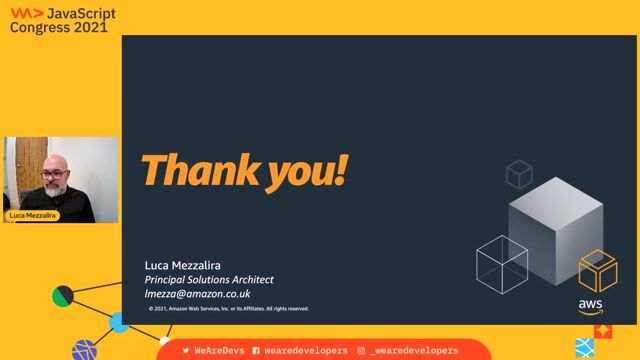
33:55 MIN
Audience Q&A on practical micro-frontend challenges
Micro-frontends anti-patterns

26:25 MIN
Exploring the platform's technology stack and architecture
Shared mobility for everyone!

21:30 MIN
Transforming technology and internal ways of working
IKEA Story: Transforming an Iconic Retail Brand
Featured Partners
Related Videos
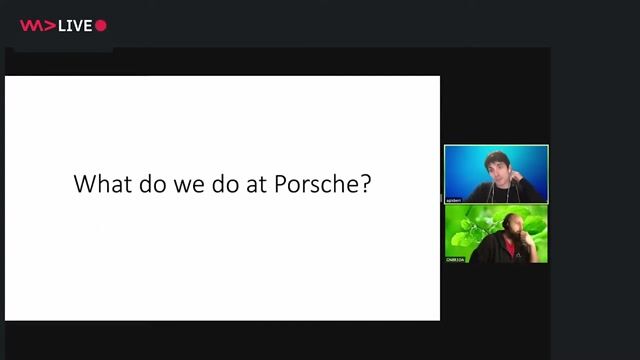 52:24
52:24Slip Through the Boundaries of Legacy Systems with Kotlin and Spring WebFlux
Lukas Georgieff & Alberto Gisbert
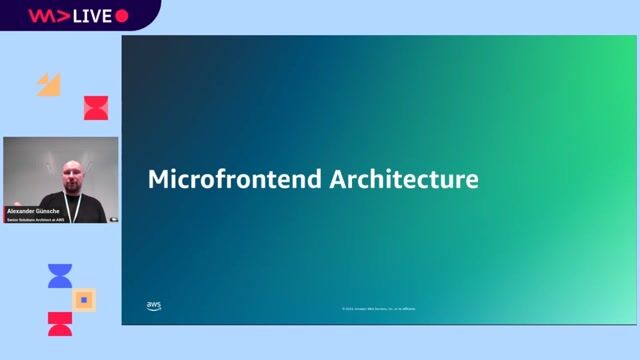 54:39
54:39Interface Contracts in Microfrontend Architectures
Alexander Günsche
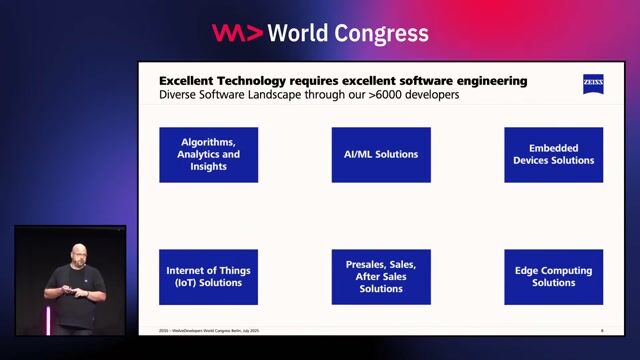 29:26
29:26Empowering Thousands of Developers: Our Journey to an Internal Developer Platform
Bastian Heilemann & Bruno Margula
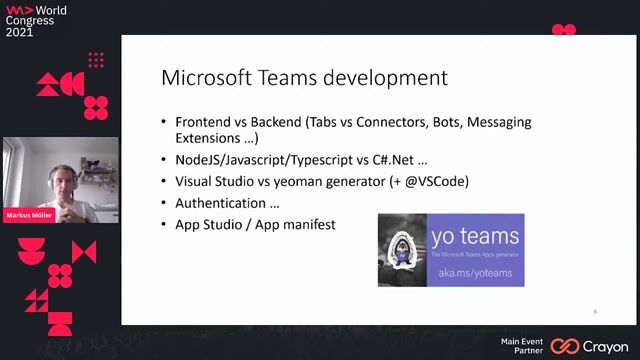 43:26
43:26Develop enterprise-ready applications for Microsoft Teams with Azure resources on modern web technologies
Markus Möller
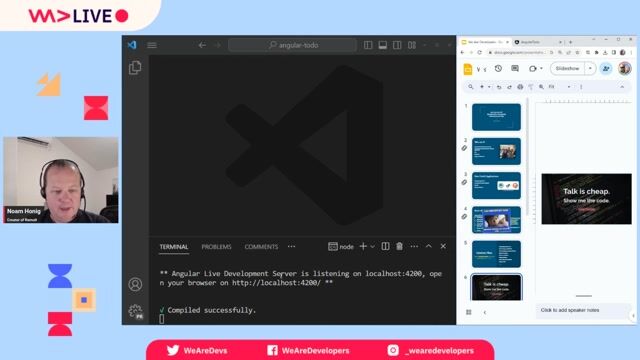 51:04
51:04Meet Your New BFF: Backend to Frontend without the Duct Tape
Noam Honig
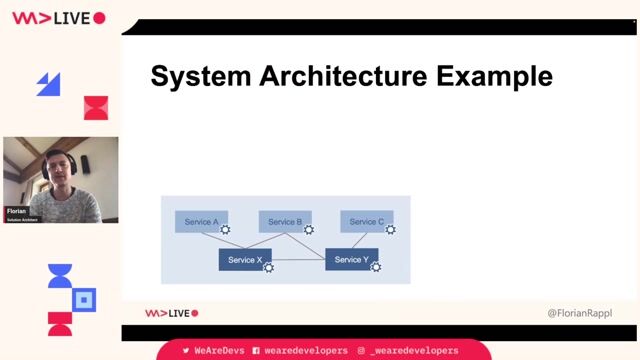 58:32
58:32Microfrontends with Blazor: Welcome to the Party!
Florian Rappl
 21:19
21:19Next Level Enterprise Architecture: Modular, Flexible, Scalable, Multichannel and AI-Ready?
Maik Wietheger & Jan-Christoph Schlieker
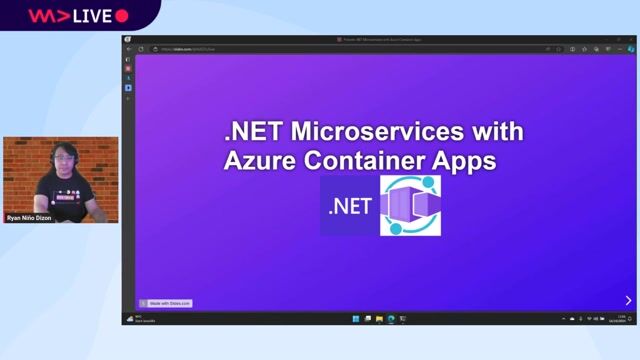 32:42
32:42.NET Microservices in Azure Container Apps
Ryan Niño Dizon
From learning to earning
Jobs that call for the skills explored in this talk.

Backend Engineer (m/w/d)
fulfillmenttools
Köln, Germany
€35-65K
Intermediate
TypeScript
Agile Methodologies
Google Cloud Platform

Senior Fullstack Engineer (all genders)
envelio
Köln, Germany
Remote
Senior
Python
JavaScript
Structured Query Language (SQL)

Senior Systems/DevOps Developer (f/m/d)
Bonial International GmbH
Berlin, Germany
Senior
Python
Terraform
Kubernetes
Elasticsearch
Amazon Web Services (AWS)


Senior Backend Engineer Electrical Engineering
envelio
Köln, Germany
Remote
Senior
Python
Software Architecture



Cloud Engineer (m/w/d)
fulfillmenttools
Köln, Germany
€50-65K
Intermediate
TypeScript
Google Cloud Platform
Continuous Integration

DevOps Engineer – Kubernetes & Cloud (m/w/d)
epostbox epb GmbH
Berlin, Germany
Intermediate
Senior
DevOps
Kubernetes
Cloud (AWS/Google/Azure)